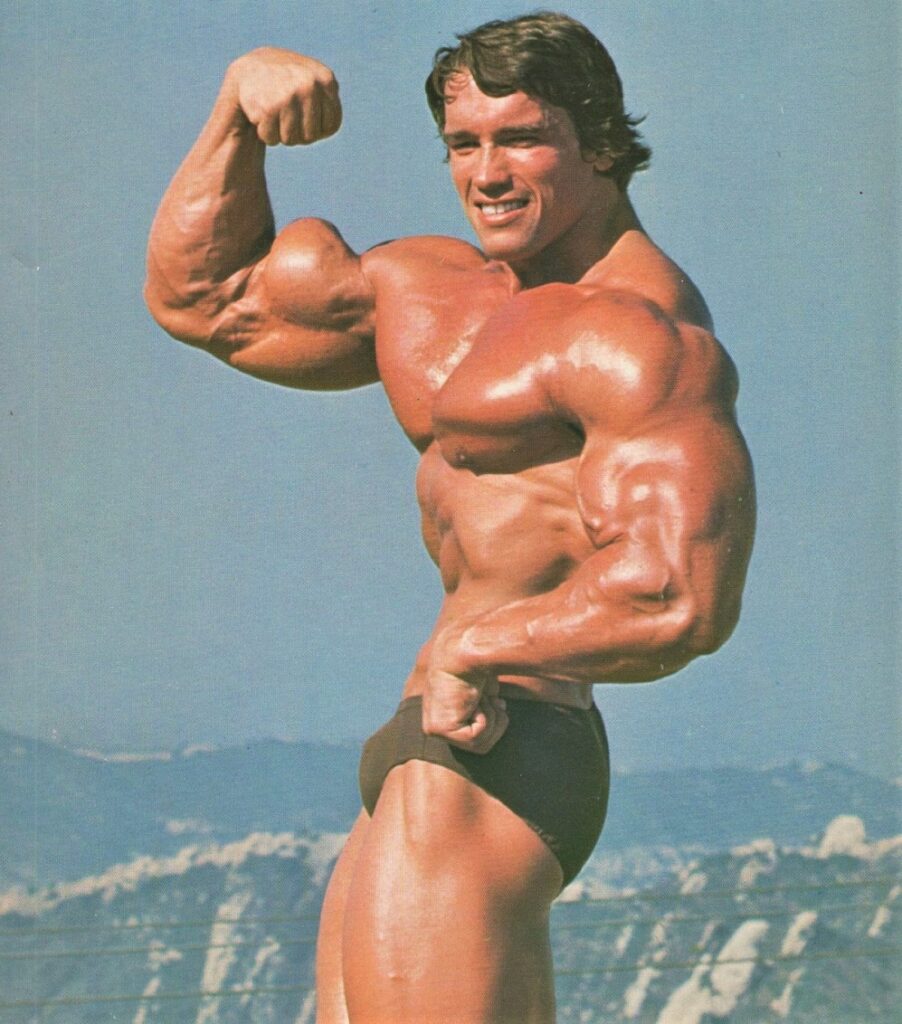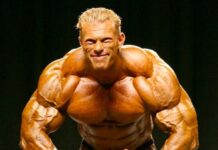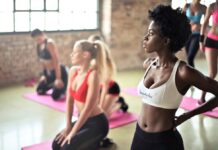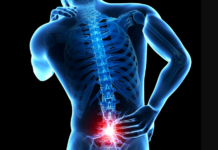“It is the brain that develops the muscle.” So wrote the father of bodybuilding (and Mr. Olympia trophy namesake), Eugen Sandow, way back in 1897. Though, in a literal sense, he was wrong, figuratively, he was on to something big. It’s your mind that sets your goals, that visualizes your success, that feels your targeted muscles contracting, and that drives you to get those extra reps that stimulate growth and strength. In effect, weight-training is a mental pursuit. Let’s examine the mind muscle connection, and explore specific techniques for strengthening this crucial component of exercise success.
MIND MUSCLE CONNECTION: VISUALIZING SUCCESS
“Throughout my bodybuilding career, I was constantly playing tricks on my mind. This is why I began to think of my biceps as mountains instead of flesh and blood. Thinking of my biceps as mountains made my arms grow faster and bigger than if I’d seen them only as muscles.”
So said Arnold Schwarzenegger, who owned two truly mountainous arms. The right one was bodybuilding’s Mt. Everest. Of course, the seven-time Mr. Olympia was taking his biceps to places no man had climbed before, so it makes sense he would visualize something greater than mere flesh and blood.

As a zero-time Mr. Olympia, you should visualize your physique as you want it to be in the future. In addition, you can picture yourself achieving a personal best in a lift. Such imagining is a skill, and like any skill it requires practice. Let’s focus on specific practice techniques.
THE APPLE TEST
First, find a quiet, comfortable place. Next, picture an apple. Yes, an apple. We all know what an apple looks like, tastes like, smells like, feels like, and, when you bite into a fresh one, sounds like. Visualization is a misnomer, because you don’t want to limit yourself to just what you see. The more senses you can involve in addition to sight, the more effective “visualization” will be.
An apple can easily involve all five senses. That’s why this is a good practice test. Again and again, make that apple as real as possible by seeing, tasting, smelling, feeling, and hearing it.

BODY VISUALIZATION
When you’ve mastered the apple, move on to you. Visualize yourself as you want to be. Be realistic but optimistic. See your own physique but with improvements. You may want to take inventory of yourself first because you’re not going to alter your structure and change the shape of things like the outer contours of your pecs or length of your legs. The more realistic you can be the better.
Focus on a new and improved you for at least ten minutes, three times per week. In bed, before going to sleep is a great time to do this. With practice, you’ll be able to recall this imagining at any time throughout the day.
EXERCISE VISUALIZATION
Visualize yourself achieving a personal best in an exercise like the squat, deadlift, or incline press. Picture the environment, too—the gym, your clothes, any people you know will be there. What does the gym look like, sound like, (perhaps unfortunately) smell like? What does the bar feel like, and how do your muscles feel as you lift the bar? If you sip an intra-workout drink, what does it taste like?
Use as many senses as you can to make the event come alive, and then conceptualize again and again the successful lift. Get to where you can see (and hear, smell, feel, and, perhaps, taste) yourself doing the lift successfully at various times throughout the day. Make it regularly occur in your mind, and it will more easily occur in the gym.
MIND MUSCLE CONNECTION: SENSING YOUR MUSCLES
In the simplest terms, the mind muscle connection is the ability to feel your muscles working. The stronger this nervous system link is the greater your contractions can be, especially in difficult-to-target areas like the inner back. Let’s focus on specific techniques for strengthening the link between your brain and your body.
FLEXING
The most common way to strengthen the mind muscle connection is via flexing. You can tense body parts virtually anywhere throughout the day, thus conditioning yourself to feel muscles working. Going through the bodybuilding compulsory poses (front double biceps, front lat spread, side chest, rear lat spread, rear double biceps, side chest, abs and thigh, most muscular) is an excellent way of flexing and feeling specific muscles maximally contract, whether or not you ever intend to stand on a posing dais. However, even less elaborate flexes, such as tensing your abs when sitting or your biceps when driving to the gym will enhance the mind muscle connection.

HEAT-UP
Another exercise for boosting the mind muscle connection is the heat-up. Lie on your back on a bed in a quiet room and close your eyes. The less clothes you wear the better. Now focus on one biceps. Imagine it heating up. Think of it getting hotter and hotter. Picture it glowing red from the heat.
Of course, your muscle won’t actually heat up (though the skin may grow warmer), but your brain will think otherwise. Next, do the same with your other biceps while maintaining the sensation of heat in the first biceps. With practice, you can bring the heat everywhere. This is especially useful for strengthening your mind muscle connection in lagging body parts.
TURN-OFF
The turn-off technique is similar to the heat-up, but instead of feeling something that isn’t there (heat), you’re going to not feel something that is there (the bed). Again, start by lying flat on your back on a bed. Close your eyes. This time, focus on not feeling the back of your arms. Imagine your arms raised ever-so-slightly off the bed. When you can no longer feel your arms on the bed, do the same thing with your legs.
This exercise is more difficult than the heat-up, but with enough practice you should be able to turn off the sensation of your back and butt, as well, and this is when you may feel as if you’re levitating slightly above the bed. This technique can also be done lying face-down to turn-off front-facing muscles. As with the heat-up, the turn-off is best used to strengthen connections to your weakest areas.
MIND MUSCLE CONNECTION: DRIVING ONWARD
All of the preceding mental techniques do your body no good if they don’t lead to more reps or a greater focus during your workouts. Take them from the outside world into the gym, and apply them to your training. Visualize success before beginning each set. Eliminate doubts by focusing only on hitting your rep target. And tense your muscles, feeling them before, during, and after sets to focus all of the stress on the targeted area.
PSYCH-UP
Studies have shown that appropriate music can increase strength levels slightly, so play your favorite psych-up songs during your heaviest sets. The encouraging words of a training partner can have a similar effect, helping you eke out that crucial final rep that makes the difference between a too-comfortable, ordinary set and a smash-on-through personal best.

GUIDED VISUALIZATION
A final technique you may want to try is called guided visualization. This is essentially you psyching yourself up. Using your smartphone, record yourself telling you what you’re going to do during a big set—how many reps you’re going to get and what it’s going to feel like to complete that set.
Some people respond better to a high-intensity drill sergeant, others to a low-intensity Zen master. Do whatever works for you. Keep it under two minutes. Then play that recording in your earbuds or headphones just before your big set. You’ll be your own encouraging voice in your own head.
MIND MUSCLE CONNECTION: CONCLUSION
Ultimately, it comes down to you versus the resistance, and that is as much a mental test of will as it is a physical one. You have to block out the pain and doubts, lock in on the task at hand as well as the targeted muscles, and go where you’ve never gone before. Way back in the 19th century, Sandow figured it out: The brain is the key to building the body.
For how Kim Kardashian’s trainer uses the mind-muscle connection, check out: Senada Greca Revealed

















































